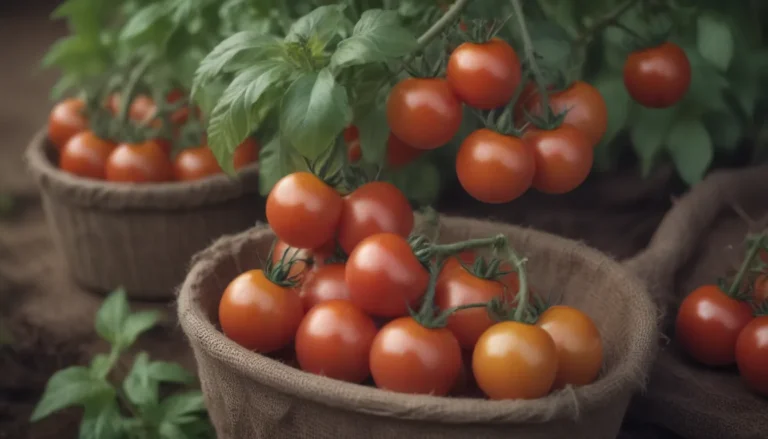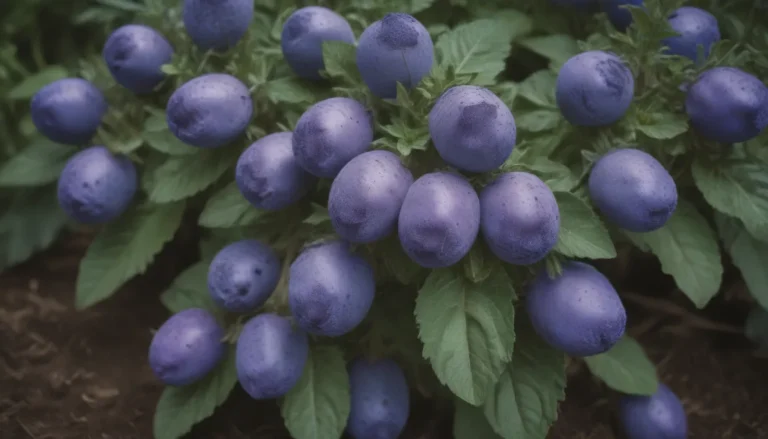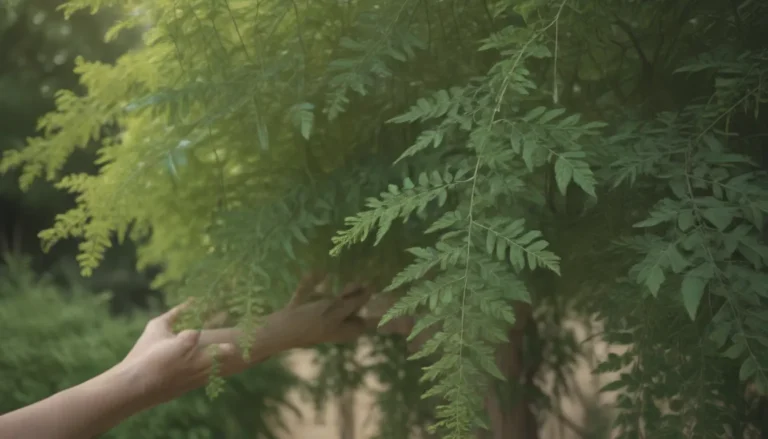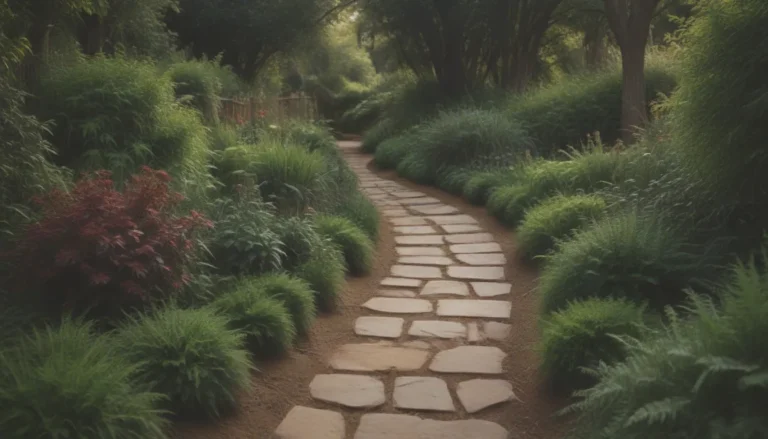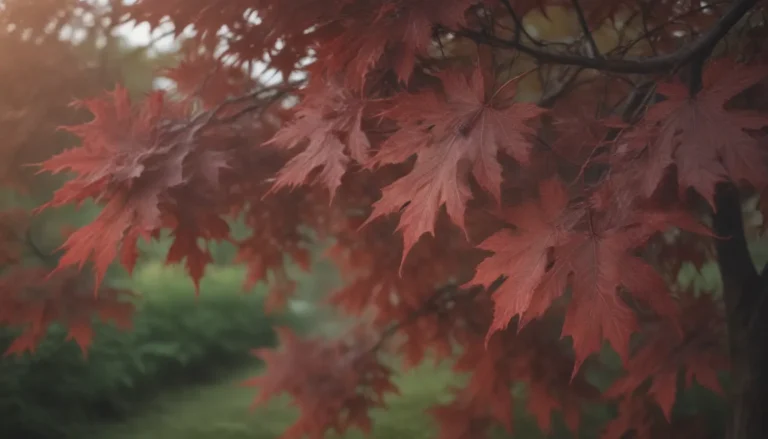Transforming Your Space: A Comprehensive Guide to Growing Alocasia Sarian as the Perfect Bathroom Houseplant
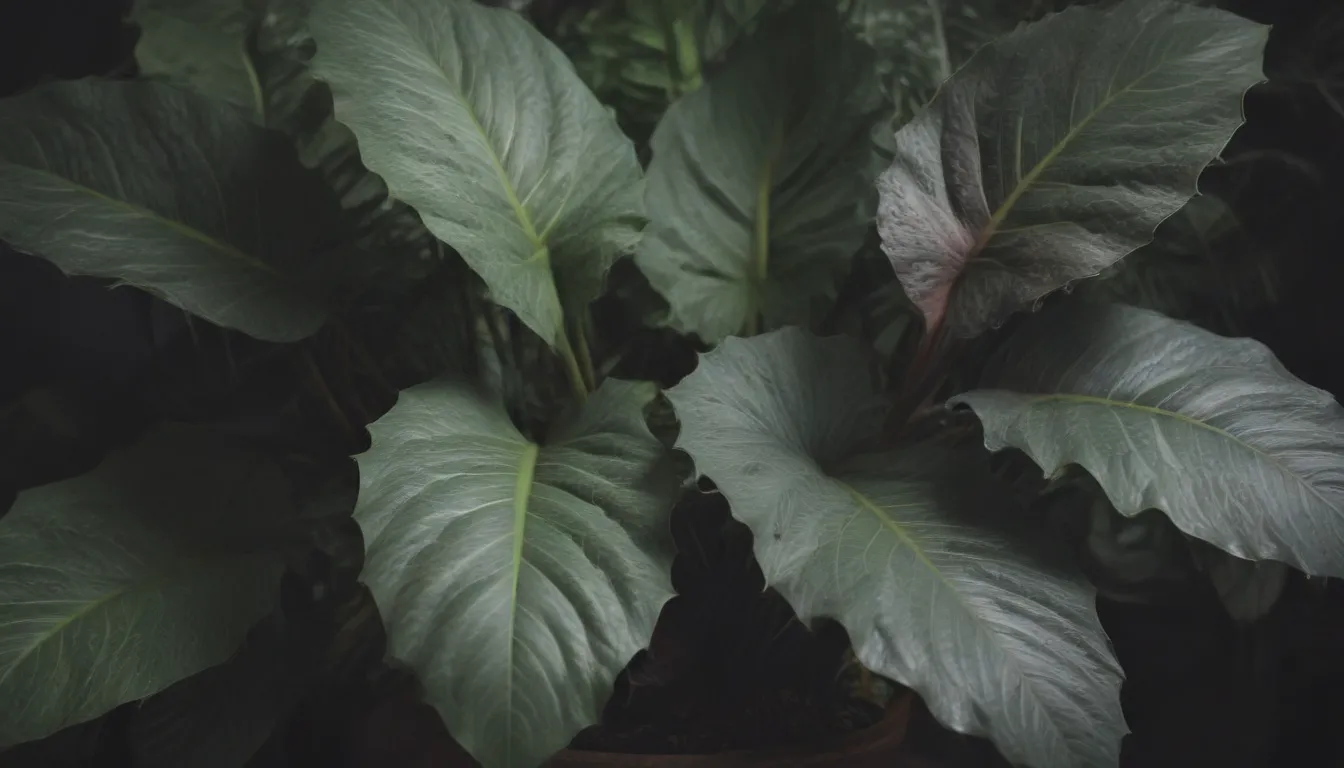
Are you looking to add a touch of tropical elegance to your home? Alocasia sarian might just be the perfect plant for you! Originating from the lush landscapes of the Philippines, this stunning plant is a favorite among houseplant enthusiasts for its striking white-veined leaves and deep red striped stems. In this comprehensive guide, we will delve into everything you need to know about caring for your Alocasia sarian to ensure it thrives in your bathroom oasis.
Getting to Know Alocasia Sarian
Before we dive into the care tips for Alocasia sarian, let’s take a closer look at this unique plant. Often mistaken as a hybrid of Alocasia zebrina and Alocasia micholitziana, Alocasia sarian is actually classified as a variety of Alocasia macrorrhizos, also known as giant taro. Its striking arrow-shaped leaves and pale green stems make it a standout addition to any indoor space.
Alocasia sarian thrives in warm, humid conditions, making it an ideal choice for bathroom environments. To ensure your plant flourishes, it requires bright, indirect light, temperatures ranging from 62°F to 72°F, and acidic, well-drained soil. However, it’s essential to note that like other Alocasia plants, Alocasia sarian is toxic to both people and pets, so it should be placed out of reach.
Alocasia Sarian Care Guide
Now that you’re familiar with the basics of Alocasia sarian, let’s explore how you can provide the best care for this tropical beauty. From lighting and soil requirements to pruning and propagation, we’ve got you covered with all the essential tips to help your Alocasia sarian thrive in your home.
Light
- Alocasia sarian thrives in bright, indirect light or dappled light if placed outdoors.
- East-facing windows are ideal for houseplants, providing softer morning light.
- To protect your plant from strong afternoon sun, keep it several feet away from south or west-facing windows.
Soil
- Plant your Alocasia sarian in a loose, rich potting mix with good drainage.
- Incorporate peat moss or coco coir to retain moisture in the soil.
- Consider adding perlite or orchid bark to enhance drainage in the potting mix.
Water
- Keep the soil of Alocasia sarian evenly moist, but avoid overwatering.
- Consistent moisture is key for these tropical plants, but soggy soil can lead to root rot.
- Water your plant when the soil surface begins to dry out, and ensure that excess water can drain freely.
Temperature and Humidity
- Alocasia sarian thrives in humidity levels of 50% or higher, which is more than typical indoor conditions.
- Increase humidity by clustering plants together or using a humidifier.
- Maintain temperatures between 60°F and 80°F to keep your plant happy and healthy.
Fertilizer
- Feed your Alocasia sarian with a balanced liquid houseplant fertilizer diluted to half strength every two weeks during the growing season.
- Start fertilizing when new growth appears in late winter or early spring and continue until fall.
- Avoid fertilizing in the fall and winter months when the plant is in a dormant phase.
Pruning
- While pruning is not required frequently, remove damaged or yellowed leaves at the base of the plant when necessary.
- Do not remove more than 25% of the plant’s foliage during pruning to avoid stressing the plant.
Propagating Alocasia Sarian
- Propagate Alocasia sarian by harvesting basal offsets or baby plants from a mature specimen.
- Look for offsets around the base of the mother plant to propagate successfully.
- Optimal propagation time is during the active growth period in spring or summer.
Potting and Repotting
- Repot your Alocasia sarian every two years or as needed when you observe signs of root crowding or slow growth.
- Select a pot one size larger than the current one and use fresh potting soil for repotting.
- Choose glazed ceramic or plastic pots with drainage holes to maintain proper soil moisture levels.
Common Pests & Plant Diseases
As much as we strive to provide the best care for our plants, pests and diseases can sometimes pose a challenge. Keep an eye out for common issues like spider mites and mealybugs that can affect your Alocasia sarian. Regularly inspect the foliage for signs of infestation and address them promptly with suitable treatments like insecticidal soap or horticultural oil.
Troubleshooting Common Problems
Even with proper care, you may encounter some issues with your Alocasia sarian. Here are solutions to two common problems you may face:
Leaves Turning Yellow
- Yellowing leaves at the lower part of the plant often indicate overwatering.
- Check the soil moisture levels and adjust your watering routine accordingly.
- In severe cases, repotting the plant in fresh soil may be necessary to restore health.
Browning Tips
- Dry air can lead to brown leaf tips with yellow edges on Alocasia sarian.
- Increase humidity around the plant by misting or using a humidifier.
- Maintaining adequate moisture levels can prevent further browning of the plant’s tips.
Alocasia Sarian: An Enriching Addition to Your Home
With a potential height of up to 5 feet indoors, Alocasia sarian is sure to make a statement in your living space. Whether grown as a houseplant or outdoors in a warm climate, this stunning plant offers a touch of tropical charm and elegance. By following the care tips outlined in this guide, you can maintain a thriving Alocasia sarian that will beautify your bathroom or any other room in your home.
In conclusion, Alocasia sarian has truly earned its place as a favored houseplant for plant enthusiasts seeking a touch of the tropics in their indoor spaces. With its unique beauty and relatively low maintenance requirements, this plant is sure to bring joy and a sense of natural tranquility into your home. So why not consider adding an Alocasia sarian to your plant collection and embark on a rewarding journey of tropical plant care?
